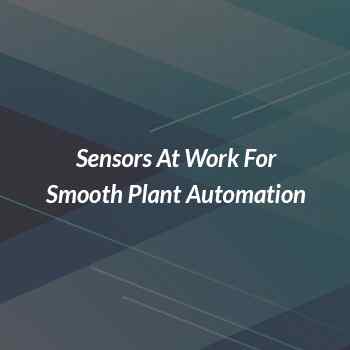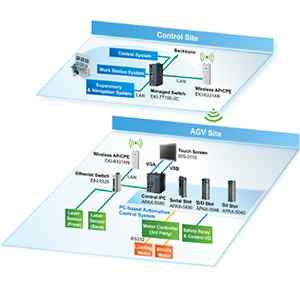The Best Buying Guide For Laser Welding Machine

In the industrial process, laser welding is more frequently used because of its wider application than traditional welding. During the predicted years i.e. 2016-2027, the global laser welding machine market is expected to have a promising growth at a moderate CAGR. The laser welding machines are in great demand in the entertainment electronics, medical device technology, and photovoltaic sectors.
A) Why Choose A Laser Welding Machine Over Traditional Forms?
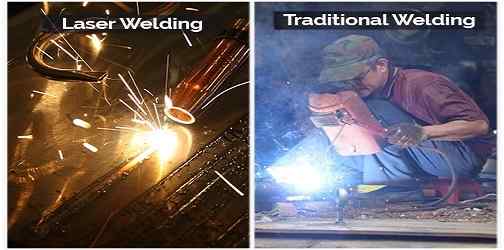
Compared to the traditional forms of welding, the heat transfer to the workpiece is much less and the metallurgical structure is less affected and the quality of the weld is much higher with laser welding. This results in fewer refinishing areas, which improves mold performance, reduces downtime and increases profitability. The main benefits of laser welding over conventional welding techniques are - ease of automation, deep narrow welds, and minimal distortion, eco-friendly, strong and sturdy, cost-efficient, great productivity, and less wasted raw materials.
Advantages of Laser Welding:
- Heated Area - The heated area of the weld doesn't spread to the rest of the material and due to rapid cooling, the material can be handled almost instantly after the job is done.
- Deformation - There are minimal deformation and shrinkage in the material due to the process used for laser welding.
- Weld Strength - As the laser weld is narrow and has an excellent depth-width ratio, the weld strength is truly better than Tungsten Inert Gas (TIG) and Metal Inert Gas (MIG) welding.
- Metals - A whole array of metals such as carbon steel, stainless steel, titanium, high strength steel, titanium, precious metals, and aluminum can be welded.
- One-sided - Spot welding(which requires access to both sides of the material) can be replaced with laser welding, as it needs access to only one side.
- Precision - In comparison to TIG and MIG welding, laser welding offers a much more precise weld. You will find it hard to match a weld as precise we can get from laser i.e. 0.025mm. Moreover, laser welder doesn't require the skill than conventional welding does and works from computer input, unlike conventional which requires somebody to operate the machine.
- Scrap - Due to high precision, laser welding produces less scrap as there are rarely any errors.
B) Which Laser To Choose For The Laser Welding Machine?
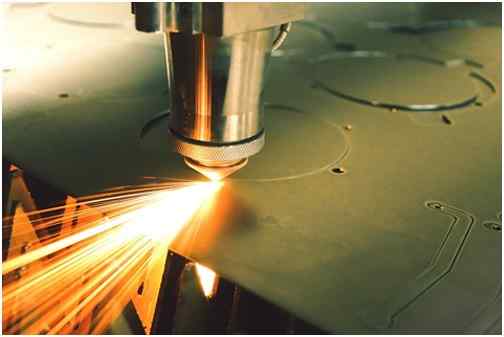
A laser welding machine can be operated with one of the following two types of lasers - a pulsed laser or a continuous laser. The choice of one over the other depends on the thickness of one over the other. Let's look at the benefits of both below.
Benefits of Pulsed Laser:
- Sheet metal, gold jewelry chain links, titanium pacemakers, razor blades, are used to weld with a pulsed laser.
- This type of laser prevents the metal from being melted or deformed.
- Suitable for metals that are thin and light.
Benefits of Continuous Laser:
- Compared to the pulsed laser, this is more expensive. It also reduces operating costs.
- Mostly effective on refractory metals.
- Recommended for welding thick parts.
- It can cause problems if used on metal or a part that is too thin. In such cases, the laser can damage, melt, or deform the part.
C) How To Choose The Laser Beam Source?

In laser welding applications, the three types of laser beam sources most commonly used are - solid-state (nd:YAG) lasers, which uses a solid gain medium; gas (CO2) lasers, which uses gasses such as carbon dioxide as a gain medium; and fiber lasers, which use rare-earth element-enhanced optical fiber as the gain medium. The choice of the laser beam source depends on the type of laser that you have chosen i.e. pulsed or continuous.
1) Solid-state (nd:YAG) lasers - The solid-state (nd:YAG) lasers produce discrete pulses of controllable energy which can be shaped to create the ideal weld. Suitable for producing large spot welds, as well as seam welds and deep spot.
2) Gas (CO2) lasers - As the name suggests, this is a type of gas laser. The electricity is run through a gas-filled tube, producing light in this device. One more interesting feature in this type of laser is the ends of the tube are mirrors, where one of which is fully reflective, and the other which allows some light through. Nitrogen, carbon dioxide, hydrogen, and helium are generally the composition of the gas mixture.
3) Fiber lasers - A low-cost way of achieving high-quality spot welds as the fiber lasers are versatile. They can be used for a variety of applications from welding very small parts together commonly used by manufacturing businesses in the medical, engineering, and electronics industries to welding thicker materials in the aerospace and automotive industries.
D) What Parameters Should Be Considered?
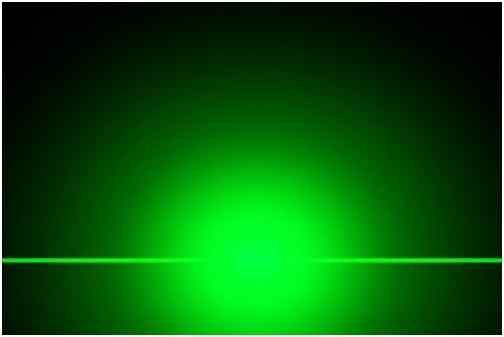
You will need to consider several parameters before using your laser welding machine. Some of them are :
1) Frequency of Laser Pulses - The frequency of the laser pulse is mainly the ability to reflect how many pulses can be produced in a second. The unit for it is Hertz (Hz). The welding metal is the energy using the laser in the case of metal welding. The higher the frequency, the smaller the output of every laser, in the case of constant laser power. Hence, we need to ensure that the laser energy is enough to melt the metal and the speed of the processing can be considered to determine the output frequency of the laser.
2) Laser Pulse Waveform - This is an important problem to check-in a laser welding machine, especially for wafer welding. When the high-intensity beam is projected onto the surface of the material, the surface of the metal will be reflected and lost by approximately 60-98% laser energy, and the reflectivity will change with the surface temperature. The metal reflectivity changes greatly during a laser pulse.
3) Power Density - An important parameter in the laser welding of a laser welder. With high power density, the surface layer can be heated to boiling point in the microsecond time range, resulting in a large amount of vaporization. Hence, high power density is beneficial to material removals such as cutting, punching, and carving. Whereas, for low power density, the surface temperature reaches a boiling point for several milliseconds. Before the surface vaporization, the bottom layer reaches the melting point and easy to form a good fusion welding. Therefore, the power density is in the range of 104-106W/cm2, in the conduction laser welding.
4) Laser Pulse Width - Another important parameter of the pulse laser welding machine. It's not only a vital parameter that is different from material removal and material melting but also the main parameter to determine the volume and cost of processing equipment.
E) Which Configuration Should I Choose For My Welding Machine?
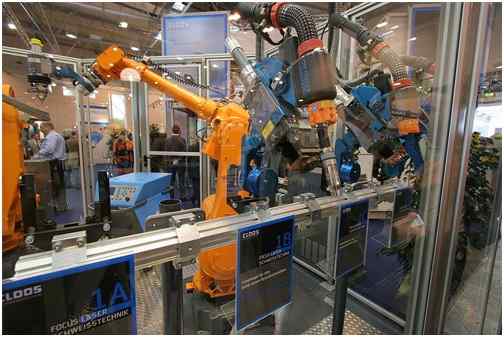
There are three types of configurations available for welding machines. They are-
• Manual
• Semi-automatic and
• Automatic
However, the choice of configuration depends on your production, be it small-scale or large and on the arrangement of your workstation.
Manual Welding Machines:
These require significant skill and dexterity and more compact compared to the semi-automatic and automatic machines. Contain manual/automatic doors and the operator has to look after the sequence of parts to be welded. Suitable best for small-scale production.
Semi-Automatic Laser Welding Machines:
An operator manually loads the parts into the welding fixture in a semi-automatic laser welding machine. These are larger than manual welding machines and are equipped with turntables. Ideal for medium and large-scale production.
Automatic Laser Welding Machines:
These are the largest laser welding machines. In these machines, there is not much human intervention, hence relieves the operator. The presence of automatic loading and unloading station decreases downtime and enable profits in productivity. These machines are robotized and automatically manage the positioning of the part under the laser source. Best suitable for large-scale production. However, they are much more expensive.








